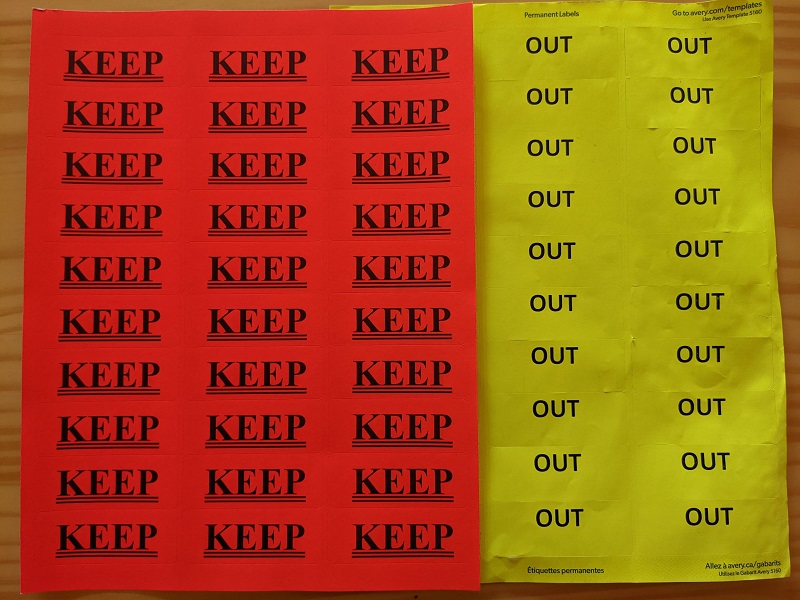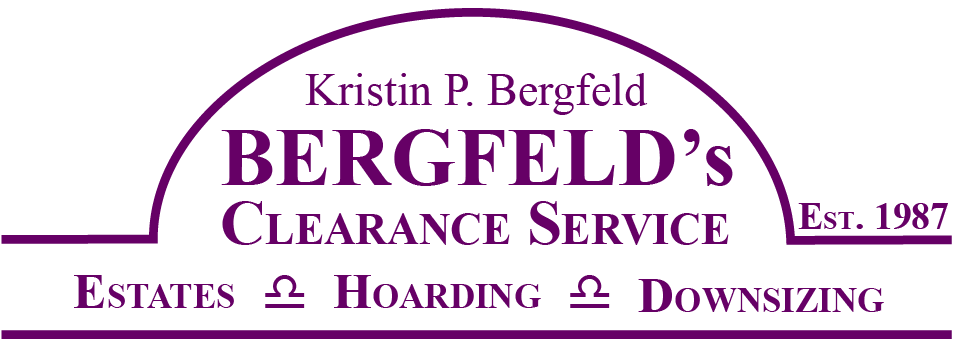We have been thoroughly enjoying Stephen Colbert’s Questionert. Question #2 asks: “What’s one thing you own that you really should throw out?”
Some of the things his celebrity guests said they should get rid of (NOT, that they necessarily would):

Tom Hanks – too much stationery (but definitely NOT his typewriters)
Meryl Streep – every piece of clothing in there (gesturing to closet)
George Clooney – his Flowbee (hair trimmer made famous in the 80’s)
Seth Rogen – a garage full of empty boxes
John Krasinski – Celtic shirt he’d had since college
John Oliver – Grateful Dead jacket bought at the last concert he saw before the pandemic
Billy Crystal – his bell bottoms
Jane Fonda – plastic bottles, shouldn’t buy them in the first place
Ringo Starr – so much stuff. Send a truck
Colbert brilliantly framed this touchy issue into a playful question, like a pop quiz. His guests’ replies are immediate, funny, and reflect feelings of resignation, resistance, avoidance. And anyone can identify with them.
So, we similarly begin our process with our hoarding clients by easing some of their anxieties and asking this question:
What personal possession must you absolutely keep? No matter what? (Unless it is hazardous)

Clients’ replies are immediate, naming a few or sometimes several items and reflect similar feelings as Colbert’s guests. This simple question opens a dialogue on what can be a difficult topic and, we learn a lot about our clients from their telling us what must be kept. It is reassuring and even empowering for them to know they can set some boundaries and have a measure of control over their possessions. We give them sheets of red stickers “KEEP!” and ask them to label the “KEEPERS”. The number of these keepers might increase or decrease as our work progresses. A list is made (by them or BERGFELD’s) and posted on the fridge, wall, over the bathroom sink, wherever they choose. Sometimes we even manage to make the process fun by finding things they hadn’t seen for years and allowing time for reminiscing.


